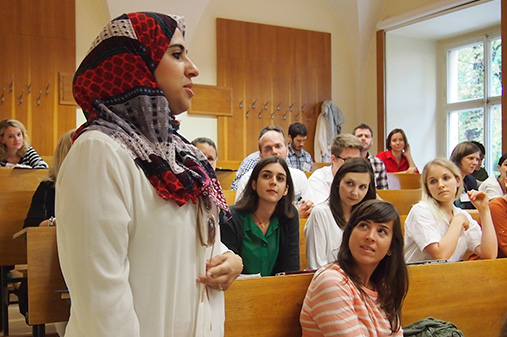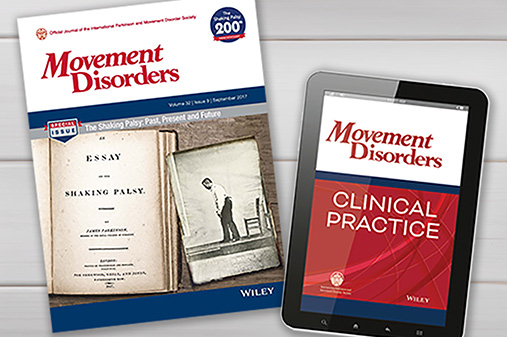 VOLUME 29, ISSUE 2 • JUNE 2025. Full issue »
VOLUME 29, ISSUE 2 • JUNE 2025. Full issue »

Changes in action tremor in Parkinson's disease over time: Clinical and neuroimaging correlates
Parkinson’s disease is a neurodegenerative disorder, characterized by progressive motor and non-motor symptoms. Tremor (trembling) is one of the cardinal motor symptoms. While other motor symptoms, such as bradykinesia (slowness) and rigidity (stiffness) typically worsen throughout the disease course, tremor may worsen, remain stable, or even disappear.
Previous studies have found that activity in the basal ganglia and cerebello-thalamo-cortical circuit are involved in tremor generation. MRI studies have found structural alterations in these tremor-related brain areas, but it remained unknown how longitudinal structural changes in these areas are associated with tremor progression. Using longitudinal clinical and MRI data, we have found that tremor reduces with disease progression and that this reduction is associated with widespread progressive brain atrophy.
The Personalized Parkinson Project (PPP, Dutch: Parkinson Op Maat) is a two-year, longitudinal cohort study involving 520 PD patients. Subjects underwent deep phenotyping, including annual clinical assessments as well as structural MRI at baseline and two-year follow-up. This dataset allowed us to investigate longitudinal tremor progression as compared to bradykinesia and rigidity, and how structural brain changes are associated with such progression. We found that bradykinesia and rigidity worsened with disease progression, while resting tremor remained stable. In contrast, action (postural and kinetic) tremor reduced over time. The attenuation of action tremor correlated with atrophy in tremor-related areas, but also with more wide-spread brain atrophy. This progressive diffuse brain atrophy also correlated with an increase of bradykinesia and rigidity. We concluded that widespread diffuse brain atrophy may disrupt processes in brain regions involved in tremor generation, i.e., the central oscillator.
These findings may have clinical implications, for instance when PD patients have questions about their prognosis or when advanced therapies are considered, such as deep brain stimulation. More research is needed to accurately predict tremor progression in on individual level, which may help clinicians in providing more tailored, personalized care.
Read more Moving Along:






